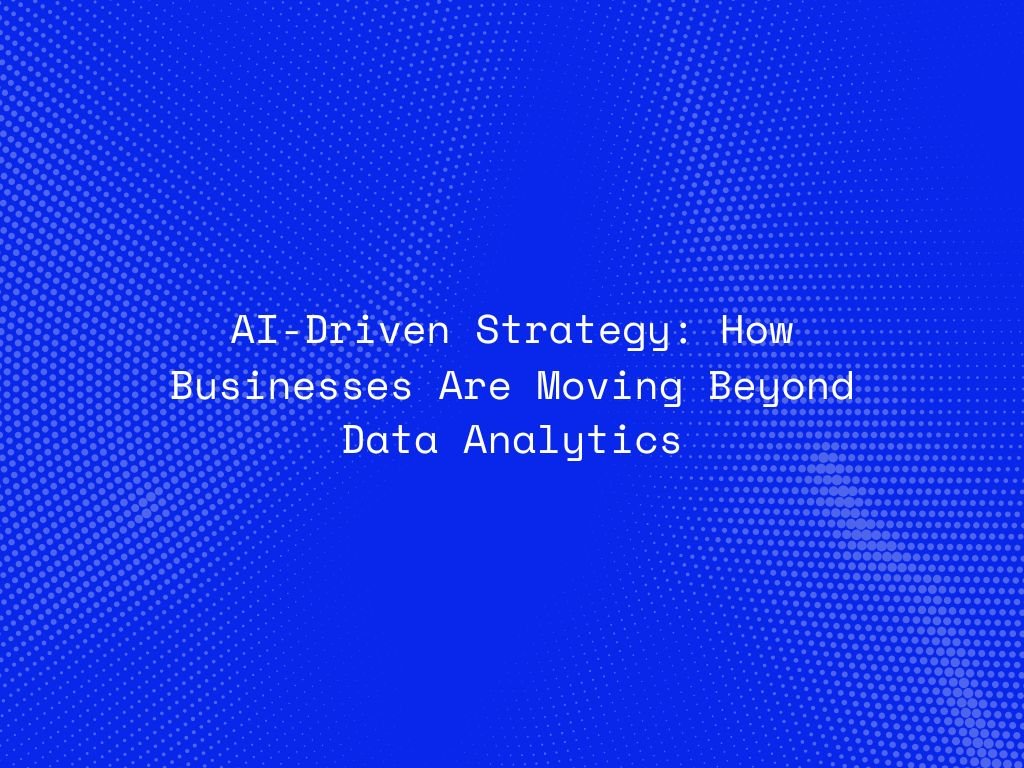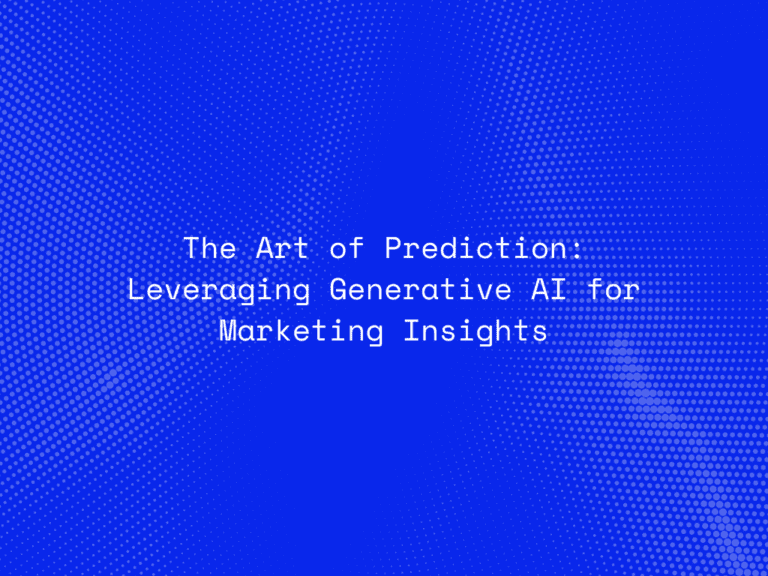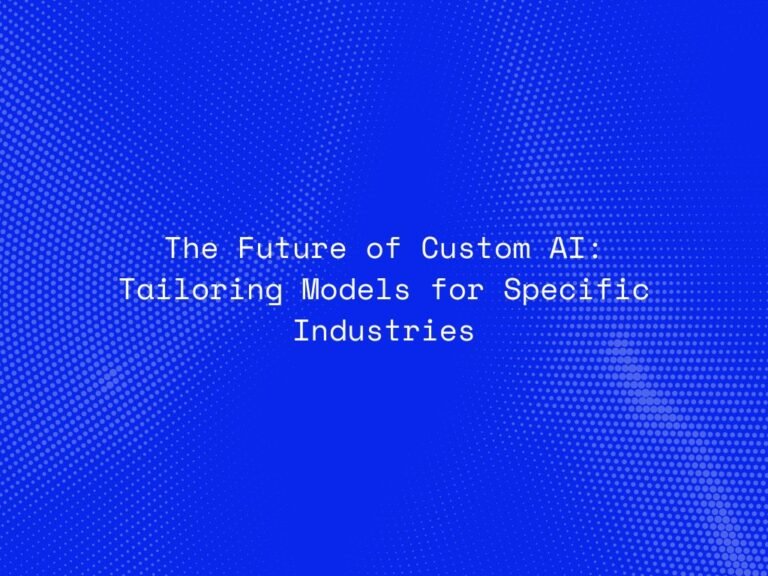For years, data analytics has been at the center of business decision-making. Organizations collected, processed, and analyzed data to understand customer behavior, improve efficiency, and predict market trends. However, as businesses face increasing complexity and competition, data analytics alone is no longer enough. Today, enterprises are moving toward AI-driven strategies—a paradigm shift where artificial intelligence doesn’t just analyze data but actively drives decisions, automates processes, and generates new business opportunities.
This evolution marks the transition from insight to action, from prediction to prescription, and from static reporting to dynamic, intelligent systems.
From Data Analytics to AI-Driven Strategy
The Limitations of Traditional Analytics
While traditional analytics provides descriptive and diagnostic insights (what happened and why), it struggles to answer more complex questions such as:
-
What will happen next?
-
What should we do now?
-
How can we optimize outcomes in real-time?
Analytics alone cannot always adapt to rapidly changing conditions or process the exponential growth of data generated by digital systems, IoT devices, and customer interactions.
The Shift Toward AI
AI overcomes these limitations by enabling predictive and prescriptive capabilities. Machine learning models can forecast trends, optimize supply chains, personalize customer experiences, and even automate strategic decision-making. Businesses are no longer just analyzing the past; they are shaping the future with AI.
How AI-Driven Strategies Are Transforming Businesses
1. Hyper-Personalization in Customer Experience
AI enables real-time personalization, tailoring recommendations, offers, and interactions based on user behavior and preferences. Companies like Amazon and Netflix thrive because of AI-powered personalization engines that enhance customer loyalty and engagement.
2. Intelligent Automation of Operations
Beyond analytics dashboards, businesses are deploying AI to automate processes such as inventory management, fraud detection, and HR screening. This reduces costs while improving efficiency and accuracy.
3. Predictive and Prescriptive Decision-Making
AI algorithms don’t just analyze what might happen—they suggest optimal actions to achieve desired outcomes. For example, predictive maintenance in manufacturing prevents downtime, while prescriptive analytics in finance reduces investment risks.
4. AI-Enabled Innovation
Enterprises are leveraging AI to discover new revenue models and business opportunities. For example, AI in product design accelerates R&D by simulating outcomes before physical prototypes are built, significantly reducing time-to-market.
5. Data Monetization
AI helps organizations move beyond reporting toward creating value from data itself. Data can be transformed into an asset that fuels ecosystem partnerships, predictive services, and even new product lines.

Building an AI-Driven Business Strategy
Cultural Shift Toward AI Adoption
Implementing AI requires a mindset change. Companies must move from reactive decision-making to proactive, AI-augmented strategies. This involves reskilling employees, embracing agile methodologies, and cultivating a data-first culture.
Technology Infrastructure
AI thrives on modern infrastructure—cloud platforms, data lakes, edge computing, and scalable architectures. Businesses must ensure their data pipelines are clean, integrated, and ready for AI training and deployment.
Ethics and Trust in AI
With AI shaping critical decisions, transparency, fairness, and accountability become essential. Explainable AI (XAI) frameworks help organizations maintain trust with customers and regulators, ensuring that AI decisions are ethical and unbiased.
The Competitive Advantage of AI-Driven Strategy
Companies that successfully embed AI into their strategies are already outperforming peers in efficiency, revenue growth, and innovation. According to leading industry reports, organizations with mature AI adoption achieve significantly higher profit margins compared to those relying solely on traditional analytics.
By moving beyond data analytics, businesses position themselves to thrive in an era where agility, personalization, and intelligence are the keys to long-term success.
Conclusion
AI is no longer a tool that supports data analytics—it is the strategic engine that drives modern business transformation. Companies that embrace AI-driven strategies will not only make smarter decisions but also unlock new opportunities, create competitive advantages, and future-proof their operations in a rapidly evolving digital economy.
In the same way that electricity powered the industrial revolution, AI is powering the business revolution—taking organizations from data-driven insights to intelligence-driven action.




